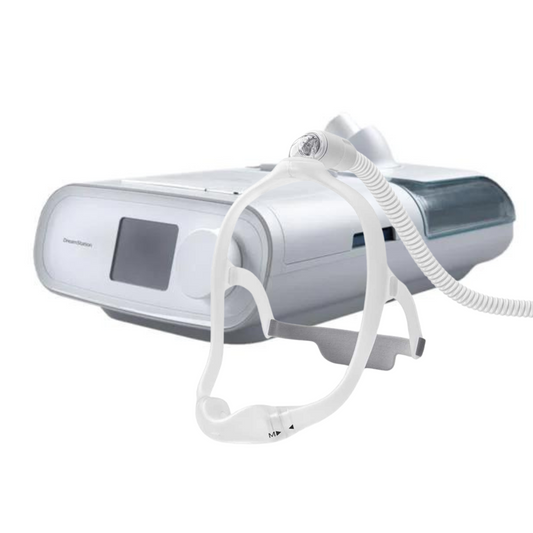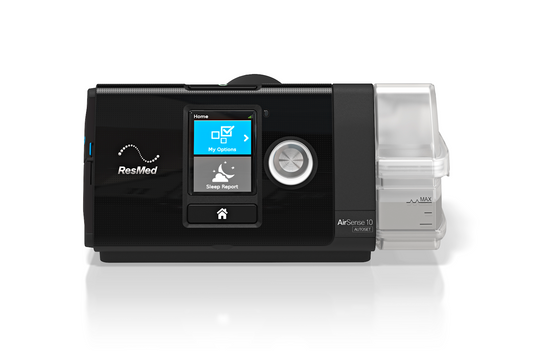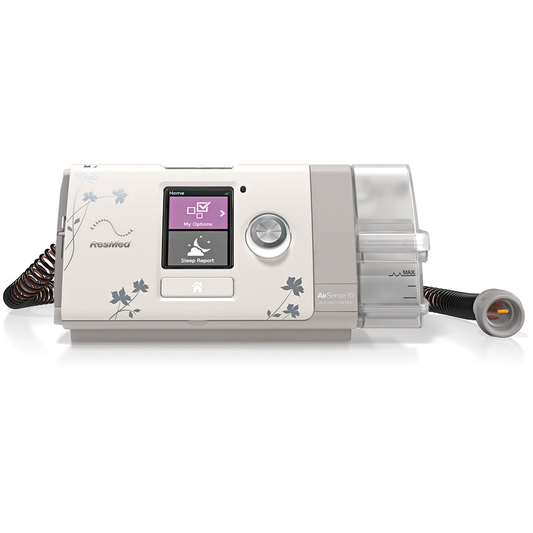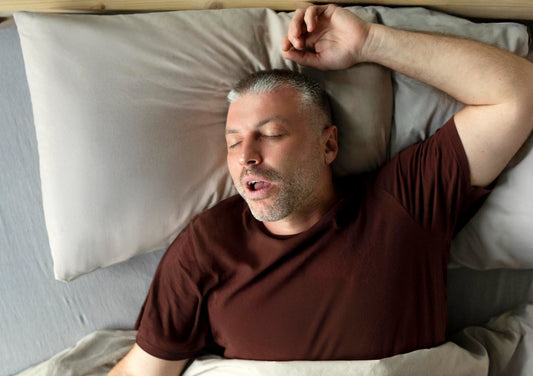One of the core pillars of good health is sound sleep. When a person is in a state of continuous sleep deprivation, his health and quality of life decline.
How many people are sleep deprived?
Studies indicate that in developing countries, about 150 million people are sleep deprived. In the United States alone, 1/3 of the population is not getting enough sleep. In Japan, the average sleeping hour is only 5 hours and 59 minutes. According to research done by the Sleep Health Foundation, 33%-45% of Australians have poor sleep patterns that lead to irritability and fatigue that could lead to unsafe behaviour, poor mental health, and low productivity.
Sleep deprivation could be caused by various factors, but one of the most common causes of poor sleep quality is sleep apnoea. People with undiagnosed and untreated sleep apnoea may develop comorbidities such as heart disease, diabetes, hypertension, asthma, GERD, depression and more.
Treatment Options
Sleep apnoea such as obstructive sleep apnoea or OSA is highly manageable. The gold standard treatment for OSA patients is the use of a continuous positive airway pressure or CPAP machine. For sleep apnoea patients who cannot tolerate CPAP machines, other treatment options such as dental appliances, upper airway surgery to remove excess airway tissue, positional therapy, and even lifestyle changes such as losing weight and quitting drinking and smoking. But for OSA patients who have tried and failed using a CPAP machine, there is a new alternative – the hypoglossal nerve simulation method.
What is a hypoglossal nerve stimulation?
The hypoglossal nerve is the cranial nerve that controls tongue movement. It has a motor function and is a breathing sensor as well. A hypoglossal nerve stimulator (neuromodulation device) is like a pacemaker as it is implanted in the chest of the patient. The hypoglossal nerve stimulator is FDA-approved and as of this writing, there are medical companies that have started to manufacture the device and at least one brand is now available in the market. Also called a neuromodulation device, the innovation received the top 2 awards for the Top 10 Medical Innovations for 2018.
https://youtu.be/cu1AeHUZIuY
The hypoglossal nerve stimulator has leads that are connected to the hypoglossal nerve. The initial lead is positioned in the chest to detect when the patient inhales. The secondary lead is placed in the tongue, nudging it forward as the patient breathes. The mild stimulation of the tongue causes it to move and as a result open the airway, clearing any obstruction that could cause apnoea.
Clinical Trial
As of this writing, there is about 2,500 patients with sleep apnoea have opted for a hypoglossal nerve stimulator implant. These patients did try CPAP therapy, but all have various reasons for not adhering to the therapy. OSA patients and their loved ones are truly negatively impacted by untreated sleep apnoea. Opting for the hypoglossal nerve stimulator implant seems to be their last resort. Clinical trials indicate an adherence rate of 6 to 7 hours of sleep for the tested stimulator brand. Requirements to qualify for the implant are:
- A patient has moderate to severe sleep apnoea
- At least 22 years old
- Have tried CPAP and failed to adapt to the treatment
- Must have a less than 32 Body Mass Index (BMI)
If you or anyone you care for is suffering from obstructive sleep apnoea, contact us now, we can help you each step of the way to a successful CPAP therapy.
Find a clinic or call us now for a consultation on 1300 750 006.






























